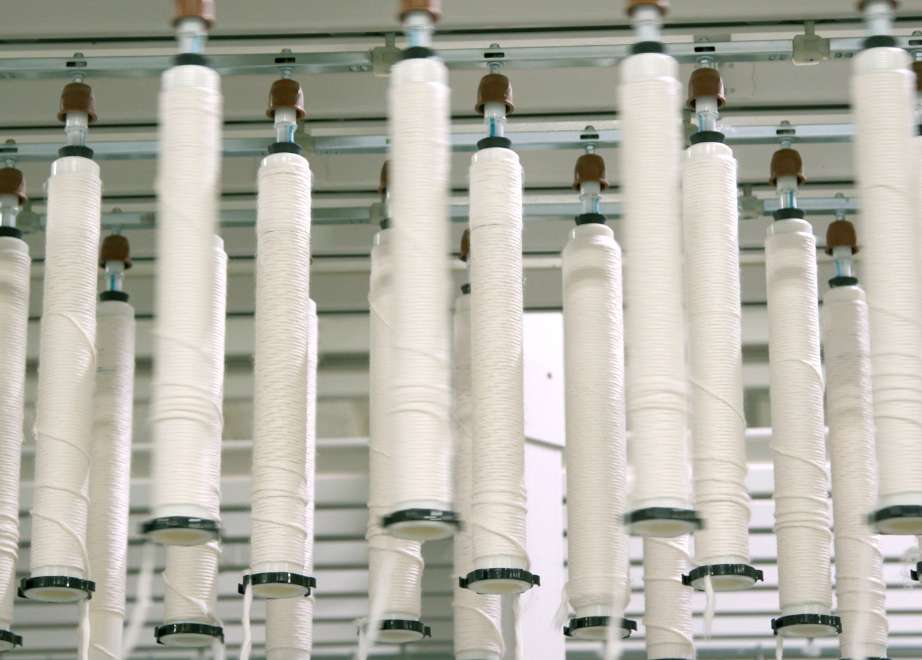Sourcing Global and U.S. Cotton
Sourcing cotton that meets your needs is key to delivering the ideal final product. CottonWorks™ is your trusted resource for finding suppliers that fit your specifications.

Find the Right Suppliers
Producing the right product starts with finding suppliers that fit well with your operation. Sourcing from cotton suppliers in the U.S. offers the benefits of supporting local growers and traceability from gin to mill.
Our U.S. Suppliers List is a free resource for professionals to source their cotton needs in the United States. The resource contains up-to-date information and spans the cotton supply chain, from yarn spinners to knit and woven fabric mills to dyers and finishers.
Looking to expand the benefits of your cotton-rich textiles even further? Check out our performance technology supplier lists.
Traceability of Cotton Fiber
Cotton in the U.S. is traceable from the gin to the mill. Cotton’s traceability enhances quality assurance and strengthens trust across the supply chain. Learn more about how to trace cotton with CottonWorks™ resources on traceability.